Home>Dining>Tableware>What To Place Under Hot Serving Dishes
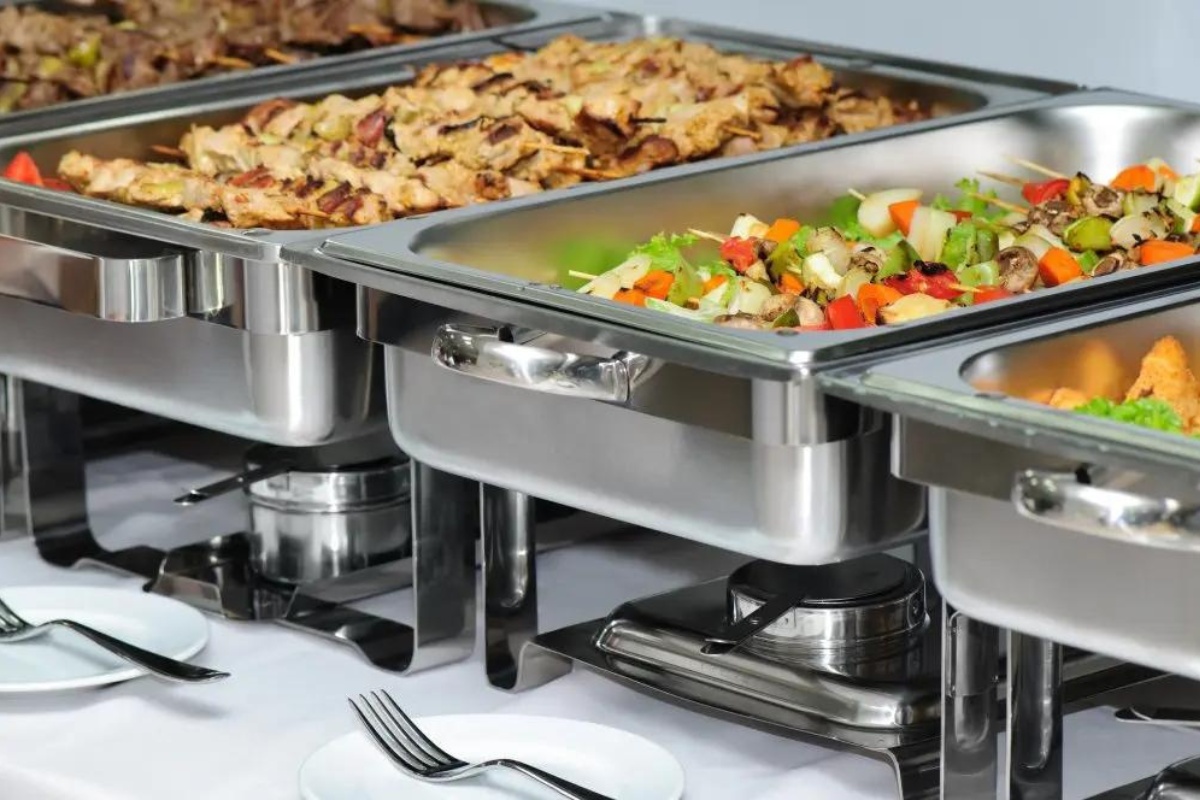

Tableware
What To Place Under Hot Serving Dishes
Modified: January 9, 2024
Discover the best options for tableware to place under hot serving dishes. Protect your table and elevate your dining experience with these stylish and functional choices.
(Many of the links in this article redirect to a specific reviewed product. Your purchase of these products through affiliate links helps to generate commission for Storables.com, at no extra cost. Learn more)
Introduction
When it comes to serving hot dishes, it is important to consider the surfaces you place them on. Without the proper protection, the heat from the dish can damage your tabletop or countertop, leaving unsightly burns or marks. That’s where hot pads come in. These small but essential items provide a barrier between your hot serving dishes and delicate surfaces, keeping them safe from heat damage.
Using hot pads is not just about protecting your furniture; it also ensures the longevity of your tableware. When you place a hot dish directly on a surface, such as wood or glass, the high temperature can cause thermal shock and potentially lead to cracks or other damage. By using the appropriate materials under your hot dishes, you can prevent these mishaps and extend the life of your tableware.
In this article, we will explore the various materials you can use as hot pads to protect your surfaces. From trivets to silicone hot pads, wooden cutting boards to tiled coasters, there are plenty of options available to suit your style and needs. Let’s dive in and discover the perfect hot pad options for your tableware!
Key Takeaways:
- Protect your surfaces and tableware by using the right hot pads, such as trivets, silicone, wood, fabric, glass, cork, metal, rubber, or stone, to prevent heat damage and add style to your dining experience.
- Choose heat-resistant, easy-to-clean, and stable hot pads that suit your style and needs to ensure the longevity of your tableware, prevent damage to your furniture, and enhance your dining environment.
Read more: What Are Serving Dishes?
Importance of Using Hot Pads
Using hot pads is paramount when it comes to serving hot dishes. Not only do they protect your furniture and tableware, but they also help create a safe and enjoyable dining experience. Here are a few key reasons why using hot pads is essential:
- Preventing Heat Damage: Placing a hot dish directly on a surface can lead to heat transfer, which can damage the material. Hot pads act as a barrier, preventing heat from reaching and potentially harming your table or countertop.
- Preserving the Appearance of Your Surfaces: Exposing surfaces to high temperatures can cause discoloration, scorch marks, or even burns. By using hot pads, you can maintain the beauty and integrity of your furniture or countertops.
- Protecting Your Tableware: Hot dishes can also pose a risk to your delicate tableware. Placing a searing hot dish on a fragile plate can lead to cracks or chips. Hot pads provide a cushioning layer to minimize the impact and protect your tableware from damage.
- Enhancing Safety: Hot pads are not just about protecting surfaces and tableware. They also ensure safety by preventing accidental burns. Using hot pads allows you to handle hot dishes with ease and reduces the risk of injury.
- Adding Style and Personality: Hot pads come in a wide range of materials, designs, and colors. They can add a touch of style and personality to your table setting, elevating the overall aesthetic appeal of your dining experience.
In summary, using hot pads is essential for protecting your surfaces, tableware, and ensuring a safe dining environment. By taking this simple but important step, you can prevent heat damage, preserve the appearance of your furniture, and add a touch of style to your dining table. Now that we understand the importance, let’s explore the different materials you can use as hot pads for your hot serving dishes.
Materials to Use Under Hot Dishes
There are numerous materials available that can serve as effective hot pads to protect your surfaces from heat damage. Let’s explore some of the most popular options:
- Trivets: Trivets are heat-resistant pads or stands designed specifically for placing hot dishes on. They come in various materials like metal, silicone, or cork. Trivets offer stability and insulation, making them a reliable choice for different table settings.
- Silicone Hot Pads: Silicone hot pads are flexible and heat-resistant, providing excellent protection for your surfaces. They have a non-slip surface, which ensures stability when placed under hot dishes. Silicone hot pads also come in a variety of colors and designs, allowing you to add a personal touch to your table setting.
- Wooden Cutting Boards: Wooden cutting boards can double as hot pads. They have natural heat resistance and are perfect for protecting your surfaces. However, ensure that the cutting board is clean and free from any food remnants before using it as a hot pad.
- Tiled Coasters: Tiled coasters, especially those made from ceramic or stone, can effectively absorb and disperse heat. They are not only functional but also add an elegant touch to your table setting.
- Cloth or Fabric Hot Pads: Cloth or fabric hot pads are versatile and come in various shapes, sizes, and designs. They provide a cushioned surface and are easily washable. However, it is important to choose a heat-resistant fabric to ensure maximum protection.
- Heat-Resistant Glass or Ceramic Plates: Heat-resistant glass or ceramic plates can be used as hot pads. They offer a stable surface for hot dishes and are easy to clean. Ensure that the plates are designed to withstand high temperatures to avoid damage.
- Cork Trivets and Coasters: Cork is a natural and sustainable material that works well as a hot pad. Cork trivets and coasters provide insulation and protect your surfaces from heat. They also have a non-slip surface, adding an element of stability.
- Metal Trivets: Metal trivets, such as stainless steel or cast iron, are durable and provide excellent heat resistance. They come in various shapes and designs, making them a stylish choice for your table setting.
- Non-Slip Rubber Mats: Non-slip rubber mats are ideal for protecting surfaces from hot dishes. They provide traction and stability, ensuring that the dishes stay in place. These mats are heat-resistant and easy to clean.
- Stone Slabs or Tiles: Stone slabs or tiles, such as granite or marble, can be used as hot pads. They have excellent heat resistance and add a touch of elegance to your table setting. Ensure that the stones are sealed and cleaned regularly for optimal protection.
Now that you know the different materials available for hot pads, you can choose the ones that suit your style, functionality, and tableware. Remember to select materials that are heat-resistant, easy to clean, and provide stability for your hot dishes. By using the right hot pads, you can enjoy your meals without worrying about heat damage to your surfaces or tableware.
Trivets
Trivets are an excellent choice for protecting your tableware and surfaces from the heat of hot dishes. These heat-resistant pads or stands come in a variety of materials, including metal, silicone, and cork. Trivets offer stability and insulation, making them a reliable option for different table settings.
Metal trivets, such as those made from stainless steel or cast iron, are known for their durability and heat resistance. They can withstand high temperatures without warping or melting, providing a stable platform for your hot dishes. Metal trivets often come in stylish and intricate designs, making them a decorative addition to your table setting.
Silicone trivets are flexible and heat-resistant, making them a versatile option for protecting your surfaces. They have a non-slip surface, ensuring that your hot dish stays in place. Silicone trivets are available in various colors and designs, allowing you to choose one that matches your style and adds a pop of color to your table setting.
Cork trivets are a natural and sustainable choice. They offer excellent insulation and protection from heat. Cork trivets also have a non-slip surface, providing stability for your hot dishes. They are lightweight and easy to clean, making them a practical option for everyday use.
When using trivets, it’s important to choose the appropriate size to accommodate your hot dishes. Ensure that the trivet is large enough to fully support the base of the dish. Placing a hot dish on a trivet that is too small may cause the dish to hang over the edges, increasing the risk of accidents.
To properly use a trivet, simply place it on the table or countertop before placing your hot dish on top. The trivet will create a barrier between the hot surface of the dish and your furniture, preventing heat damage. After use, allow the trivet to cool before storing it away.
Trivets are an essential accessory for any kitchen or dining table. They not only protect your valuable tableware but also add a decorative element to your dining experience. Whether you opt for a metal, silicone, or cork trivet, you can ensure that your surfaces stay safe from the heat of hot dishes while adding style and functionality to your table setting.
Silicone Hot Pads
Silicone hot pads are a popular choice when it comes to protecting your surfaces from hot dishes. These heat-resistant pads offer excellent insulation and durability, making them a reliable option in the kitchen.
One of the key advantages of silicone hot pads is their flexibility. Unlike rigid materials, silicone can be easily manipulated and folded, allowing for easy storage and versatility. You can neatly stack and store these hot pads in a drawer or hang them on hooks for convenient access.
Silicone is known for its heat resistance, making it an ideal material for hot pads. It can withstand high temperatures without melting or deforming, providing a reliable barrier between your hot dishes and your furniture. This heat resistance also ensures that the hot pads won’t transfer heat to your hands, allowing you to handle hot dishes with ease.
Another great feature of silicone hot pads is their non-slip surface. The textured or ribbed patterns on the pads provide a secure grip, preventing your hot dishes from slipping or sliding on the table. This added stability is especially beneficial when serving dishes that may be heavy or when using them as trivets for larger pots or pans.
Silicone hot pads come in a wide range of colors and designs, allowing you to choose the ones that best complement your kitchen or dining decor. Whether you prefer a sleek and modern design or something more whimsical and fun, you’ll find a silicone hot pad that suits your style.
Cleaning silicone hot pads is a breeze. They are dishwasher safe, making them easy to maintain and sanitize. If you prefer to wash them by hand, simply rinse them with warm soapy water and pat dry. Silicone doesn’t absorb odors or stains, ensuring that your hot pads remain clean and fresh after each use.
When using silicone hot pads, it’s important to ensure they are large enough to fit your hot dishes. Place the hot pads on a stable surface before placing your dishes on top. This will provide a protective barrier between the hot dish and your furniture, preventing any heat damage.
Silicone hot pads are a practical and versatile option for protecting your surfaces from hot dishes. With their heat resistance, flexibility, non-slip grip, and easy cleaning, they are a reliable choice for every kitchen. Invest in a set of silicone hot pads to add convenience, style, and protection to your cooking and dining experience.
Read more: What Serving Dishes Do I Need?
Wooden Cutting Boards
Wooden cutting boards are not just for chopping vegetables or slicing meat; they can also be used as effective hot pads to protect your surfaces from heat damage. If you have a sturdy wooden cutting board, it can serve a dual purpose in your kitchen.
One of the key advantages of using wooden cutting boards as hot pads is their natural heat resistance. Wood is a poor conductor of heat, meaning it won’t transfer heat from the hot dish to the surface beneath. This makes wooden cutting boards an excellent choice for protecting your tabletop or countertop.
When using a wooden cutting board as a hot pad, make sure it is clean and free from any food remnants. The board should have a smooth and level surface to ensure stability when holding hot dishes. Avoid using cutting boards made from softwoods, as they may not offer sufficient heat resistance.
Wooden cutting boards also offer a rustic and natural aesthetic to your table setting. They add warmth and character while providing a practical solution for serving hot dishes. You can choose from a variety of wood types, such as bamboo, maple, or walnut, to match your kitchen decor and personal style.
It’s important to note that wooden cutting boards require proper care and maintenance to ensure their longevity and functionality. Regularly oiling and treating the board with food-safe mineral oil will help keep it in good condition. Avoid exposing wooden cutting boards to excessive moisture or prolonged heat, as this can cause warping or cracking.
To use a wooden cutting board as a hot pad, place it on a stable surface before placing your hot dish on top. The cutting board will act as a protective layer, preventing direct contact between the hot dish and your tabletop. After use, allow the cutting board to cool before cleaning and storing it properly.
Wooden cutting boards have been a kitchen staple for centuries, and their versatility extends beyond food preparation. Use them as hot pads to not only protect your surfaces but also add a charming and functional element to your table setting. With proper care and attention, a wooden cutting board can serve as a reliable and stylish hot pad in your kitchen.
Tiled Coasters
Tiled coasters, particularly those made from ceramic or stone, are an elegant and practical choice for hot pads. They offer not only heat resistance but also a decorative element to your table setting.
Ceramic and stone coasters are known for their ability to absorb and disperse heat effectively. When you place a hot dish on a tiled coaster, the heat from the dish is evenly distributed across the coaster’s surface. This helps to prevent heat damage to your table or countertop.
Besides their heat resistance, tiled coasters add an element of sophistication to your table setting. They come in various designs, patterns, and colors, allowing you to choose ones that complement your dining decor. Whether you prefer a minimalist look or something more vibrant and intricate, there’s a tiled coaster to match your style.
In addition to using them as hot pads for serving dishes, tiled coasters can also be used to protect your surfaces from heat damage caused by hot beverages. Placing a hot cup or mug on a coaster ensures that the heat is not directly transferred to the table, preventing unsightly marks or burns.
To clean tiled coasters, simply wipe them with a damp cloth or sponge. Avoid using abrasive cleaners or harsh chemicals that may damage the surface. Ensure that the coasters are completely dry before storing them to prevent mold or mildew growth.
Using tiled coasters as hot pads is simple. Just place them on your table or countertop before setting down a hot dish or a hot cup. The coaster will provide a protective barrier, preventing direct contact and preventing heat damage.
Not only do tiled coasters offer practicality and protection, but they also add a touch of elegance to your dining experience. Invest in a set of ceramic or stone coasters to enhance your table setting while keeping your surfaces safe from heat damage.
Whether you prefer a classic and timeless design or a more modern and artistic option, tiled coasters offer a versatile and visually appealing solution for hot pads. Upgrade your tableware accessories with the beauty and functionality of tiled coasters, and enjoy worry-free serving and sipping experiences.
Use trivets or heat-resistant mats to protect your table or countertop from hot serving dishes. This will prevent damage and keep your surfaces safe.
Cloth or Fabric Hot Pads
Cloth or fabric hot pads are versatile and functional options for protecting your surfaces from hot dishes. They come in various shapes, sizes, and designs, allowing you to choose the ones that suit your style and needs.
One of the key advantages of cloth or fabric hot pads is their cushioning effect. The soft and padded surface provides a protective barrier between your hot dish and your table or countertop. This cushioning helps to prevent scratches, scorch marks, and heat damage.
Fabric hot pads are typically filled with an insulating material, such as heat-resistant batting or silicone, to enhance their heat resistance. This insulation effectively absorbs and disperses heat, ensuring that your surfaces are well-protected.
Another benefit of cloth or fabric hot pads is their versatility. They are easy to fold or roll, making them convenient for storage. You can stack them neatly in a drawer or hang them on hooks for easy access when needed.
When selecting fabric hot pads, opt for heat-resistant materials that can withstand high temperatures without melting or burning. Look for pads made from cotton, wool, or heat-resistant synthetic blends. It’s also important to choose fabric hot pads that are machine washable or easy to clean so that they can be kept in hygienic condition.
Fabric hot pads also offer an opportunity for personalization and style. They come in a wide range of colors, patterns, and designs, allowing you to match them to your kitchen decor or express your personal taste. From floral prints to modern geometric patterns, there’s a fabric hot pad for every aesthetic preference.
To use cloth or fabric hot pads, simply place them on your table or countertop before setting down a hot dish. Ensure that the hot pad is large enough to fully support the base of the dish to prevent any overhang.
After use, allow the fabric hot pads to cool before cleaning. Many can be machine washed on a gentle cycle, while others may require handwashing. Follow the care instructions provided with the hot pads to maintain their performance and longevity.
Fabric hot pads offer a practical and customizable solution for protecting your surfaces from heat damage. Their cushioning effect, versatility, and stylish designs make them a popular choice in many kitchens. Invest in a set of cloth or fabric hot pads to ensure the safety of your surfaces while adding a touch of personal flair to your dining experience.
Heat-Resistant Glass or Ceramic Plates
When it comes to protecting your surfaces from hot dishes, consider using heat-resistant glass or ceramic plates. These plates not only provide a stable base for your hot dishes but also offer an elegant and functional solution for heat protection.
Heat-resistant glass or ceramic plates are designed to withstand high temperatures without cracking or shattering. They are specifically made to handle the thermal shock that comes from the direct contact with hot food or dishes. This makes them an excellent choice for serving hot meals while keeping your surfaces safe.
One of the key advantages of using heat-resistant glass or ceramic plates as hot pads is their versatility. These plates can double as hot pads, providing a stable and heat-resistant surface for your hot dishes. Simply place the hot plate on your tabletop or countertop, and then place the hot dish on top of it. This creates a protective barrier between the hot dish and your surfaces, preventing heat damage.
Heat-resistant glass or ceramic plates come in a variety of sizes, shapes, and designs, allowing you to choose the ones that suit your style and table setting. Whether you prefer classic white plates or ones with colorful patterns, you can find a plate that complements your dining decor.
Another benefit of using these plates as hot pads is their ease of cleaning. Most heat-resistant glass or ceramic plates are dishwasher safe, making cleanup a breeze. However, it’s always a good idea to check the manufacturer’s guidelines for specific care instructions to ensure their longevity.
Aside from their practicality, heat-resistant glass or ceramic plates add a touch of sophistication to your dining experience. The sleek and lustrous surface of these plates enhances the presentation of your hot dishes, making them visually appealing. Whether you’re hosting a special dinner or enjoying a casual meal at home, using heat-resistant glass or ceramic plates as hot pads elevates the overall aesthetic of your table setting.
To use heat-resistant glass or ceramic plates as hot pads, simply place the plate on your table or countertop before setting down a hot dish. Ensure that the plate is larger than the base of the dish to provide full coverage. This will create a protective barrier, preventing direct contact between the hot dish and your surfaces.
Investing in heat-resistant glass or ceramic plates not only protects your surfaces but also enhances your dining experience. Enjoy the elegance, functionality, and peace of mind that comes with using these plates as hot pads in your kitchen.
Read more: Where To Store Serving Dishes
Cork Trivets and Coasters
Cork trivets and coasters are a natural and sustainable option for protecting your surfaces from hot dishes. They offer excellent insulation and heat resistance, making them reliable choices for heat protection in your kitchen.
Cork is a natural material that is known for its thermal properties. It acts as a natural barrier against heat, preventing any transfer from hot dishes to your surfaces. The insulating properties of cork trivets and coasters make them highly effective at keeping your tables and countertops safe.
One of the key advantages of cork trivets and coasters is their non-slip surface. Cork has a natural texture that provides grip, ensuring that your hot dishes or cups stay securely in place. This stability is essential for preventing accidents or spills caused by slipping dishes or cups.
Cork trivets and coasters are also lightweight and easy to clean. They can be quickly wiped with a damp cloth to remove any spills or stains, making them convenient for everyday use. Additionally, cork is a sustainable material, making cork trivets and coasters a eco-friendly choice for heat protection.
In terms of style, cork trivets and coasters have a unique and organic appearance that adds a touch of natural elegance to your table setting. They blend seamlessly with various decor styles, from modern and minimalist to rustic or bohemian.
When using cork trivets and coasters, it’s important to choose ones that are thick enough to provide adequate heat resistance. Thicker cork allows for better insulation and protection for your surfaces. Additionally, ensure that the trivets and coasters are large enough to support the base of your hot dishes or cups without overhang.
To use cork trivets and coasters as hot pads, simply place them on your table or countertop before setting down a hot dish or a hot cup. The cork will act as a protective layer, preventing direct contact and heat damage to your surfaces. After use, allow the cork trivets and coasters to cool before cleaning and storing them properly.
Cork trivets and coasters offer a practical, sustainable, and stylish solution for protecting your surfaces from heat. Invest in a set of cork trivets and coasters to add a touch of natural beauty to your table setting while ensuring the safety and longevity of your furniture.
Metal Trivets
Metal trivets are a durable and stylish option for protecting your surfaces from hot dishes. Made from materials such as stainless steel or cast iron, metal trivets offer excellent heat resistance and stability, making them a reliable choice for heat protection in your kitchen.
One of the key advantages of metal trivets is their durability. They are designed to withstand high temperatures without warping or melting, providing a sturdy and long-lasting option for hot pads. Metal trivets are built to handle the weight of heavy dishes and offer exceptional heat insulation, keeping your surfaces safe from damage.
Metal trivets also come in a variety of shapes and designs, allowing you to choose the ones that suit your style and table setting. From sleek and modern designs to intricate and ornate patterns, metal trivets can add a touch of elegance to your dining experience.
Another benefit of using metal trivets is their ease of cleaning. Most metal trivets can be easily wiped with a damp cloth or sponge to remove any spills or stains. Due to their durable nature, metal trivets are also resistant to scratches and wear, ensuring a long lifespan with minimal maintenance.
When using metal trivets, it’s important to ensure that they are placed on a stable and level surface. This will provide proper support for your hot dishes and prevent them from tipping over. Metal trivets also have a non-slip surface, offering enhanced stability and security for your hot dishes.
To use metal trivets as hot pads, simply place them on your table or countertop before setting down a hot dish. The metal trivet will act as a protective barrier, preventing direct contact and heat damage to your surfaces. After use, allow the metal trivet to cool before cleaning and storing it properly.
Metal trivets are not only functional but can also add a touch of sophistication to your table setting. Their durability, heat resistance, and stylish designs make them a popular choice for both everyday use and special occasions. Invest in a set of metal trivets to enhance your dining experience and keep your surfaces safe from heat damage.
Non-Slip Rubber Mats
When it comes to heat protection for your surfaces, non-slip rubber mats are a practical and reliable choice. These mats offer excellent heat resistance and stability, ensuring that your hot dishes stay securely in place while protecting your furniture or countertops from damage.
Non-slip rubber mats are designed with a textured surface that provides optimal grip and prevents your hot dishes from slipping or sliding. This stability is especially important when serving heavier dishes or when using the mats as trivets for larger pots or pans.
One of the key advantages of non-slip rubber mats is their heat resistance. Rubber is an excellent insulator and can withstand high temperatures without deforming or melting, making it an effective material for heat protection. The heat resistance of non-slip rubber mats allows for safe and worry-free serving of hot dishes.
These mats come in a variety of sizes and thicknesses to accommodate different dish sizes and weights. A thicker rubber mat provides better insulation and protection for your surfaces. Be sure to choose a size that is large enough to fully support the base of your hot dish without overhang.
Cleaning non-slip rubber mats is easy and convenient. You can simply wipe them down with a damp cloth or sponge to remove any spills or stains. Some mats are even dishwasher safe, allowing for fuss-free cleaning and maintenance.
Non-slip rubber mats offer versatility beyond hot pads. You can also use them as drawer liners, shelf liners, or even as grip mats for kitchen utensils or cutting boards. Their versatility extends their practicality and usefulness in the kitchen.
To use non-slip rubber mats as hot pads, simply place them on your table or countertop before setting down a hot dish. The rubber mat will provide a stable surface, preventing direct contact between the hot dish and your surfaces. After use, allow the rubber mat to cool before cleaning and storing it properly.
Investing in non-slip rubber mats can provide peace of mind when it comes to protecting your surfaces from heat damage. Their heat resistance, stability, and easy maintenance make them a reliable choice for your kitchen. Upgrade your heat protection with non-slip rubber mats and confidently serve hot dishes without worrying about damage to your furniture or countertops.
Stone Slabs or Tiles
Stone slabs or tiles, such as granite or marble, are not only visually stunning but also excellent options for heat protection in your kitchen. These natural materials offer exceptional heat resistance, making them durable and reliable hot pads for your surfaces.
One of the key advantages of stone slabs or tiles is their ability to withstand high temperatures without cracking or warping. These materials have natural heat-resistant properties, allowing them to handle the thermal shock that comes from direct contact with hot dishes. This means you can confidently place your hot dishes on stone slabs or tiles without worrying about heat damage to your surfaces.
Beyond their heat resistance, stone slabs or tiles add a touch of elegance and sophistication to your table setting. The natural patterns, textures, and colors of stones like granite or marble create a visually stunning backdrop for your hot dishes. Each piece is unique, bringing a sense of luxury and uniqueness to your dining experience.
It’s important to note that stone slabs or tiles should be properly sealed and maintained to ensure their longevity and functionality. Regularly cleaning and sealing the stone will help protect it from stains, spills, and heat damage, extending its lifespan and preserving its beauty.
To use stone slabs or tiles as hot pads, simply place them on your table or countertop before setting down a hot dish. The stone surface will act as a sturdy and heat-resistant barrier, preventing direct contact and heat damage. After use, allow the stone to cool before cleaning and storing it properly.
When cleaning stone slabs or tiles, use mild detergent and warm water, avoiding harsh chemicals that could damage the stone. Gently wipe the surface to remove any residue, and dry it thoroughly to prevent water stains or damage.
Stone slabs or tiles not only offer practicality and heat protection but also elevate your dining experience with their timeless beauty. Incorporate stone slabs or tiles into your table settings and enjoy the elegance and functionality they provide.
Invest in stone slabs or tiles to add a touch of luxury and durability to your kitchen. With their exceptional heat resistance, natural beauty, and long-lasting quality, stone surfaces make for reliable and aesthetically pleasing hot pads for your surfaces.
Read more: How To Keep Serving Dishes Warm
Conclusion
Ensuring the safety of your surfaces and the longevity of your tableware when serving hot dishes is crucial. Utilizing the appropriate hot pads is the key to achieving this while also adding style and functionality to your table setting. We have explored a range of materials that can be used as hot pads, each offering its unique benefits.
Trivets, such as metal, silicone, or cork, provide stability and insulation, making them reliable choices for protecting surfaces. Silicone hot pads offer flexibility and a non-slip surface, while wooden cutting boards provide natural heat resistance and a rustic touch. Tiled coasters made from ceramic or stone effectively disperse heat while adding elegance to your table.
Cloth or fabric hot pads offer cushioning and versatility, allowing for easy storage and personalization. Heat-resistant glass or ceramic plates act as both serving dishes and hot pads, providing a seamless and beautiful solution. Cork trivets and coasters offer natural insulation and a non-slip surface, along with a touch of eco-friendliness.
Metal trivets provide durability and style, while non-slip rubber mats offer stability and reliable heat resistance. Stone slabs or tiles, like granite or marble, combine exceptional heat resistance with timeless beauty and sophistication.
By using the right hot pads, you can create a safe and enjoyable dining experience, while protecting your surfaces and tableware from heat damage. Consider the specific needs of your kitchen, your personal style, and the types of dishes you typically serve when selecting the hot pads that work best for you.
Remember to choose materials that are heat-resistant, easy to clean, and provide stability for your hot dishes. Whether you opt for trivets, hot pads made of silicone, wood, fabric, glass, cork, metal, rubber, or stone, each option serves the purpose of safeguarding your surfaces and enhancing your dining environment.
Investing in quality hot pads ensures the longevity of your tableware, prevents damage to your furniture, and adds a touch of style to your table setting. Prioritize heat protection and choose hot pads that fit your style and needs, and you’ll be able to serve and enjoy hot dishes with confidence and peace of mind.
Frequently Asked Questions about What To Place Under Hot Serving Dishes
Was this page helpful?
At Storables.com, we guarantee accurate and reliable information. Our content, validated by Expert Board Contributors, is crafted following stringent Editorial Policies. We're committed to providing you with well-researched, expert-backed insights for all your informational needs.
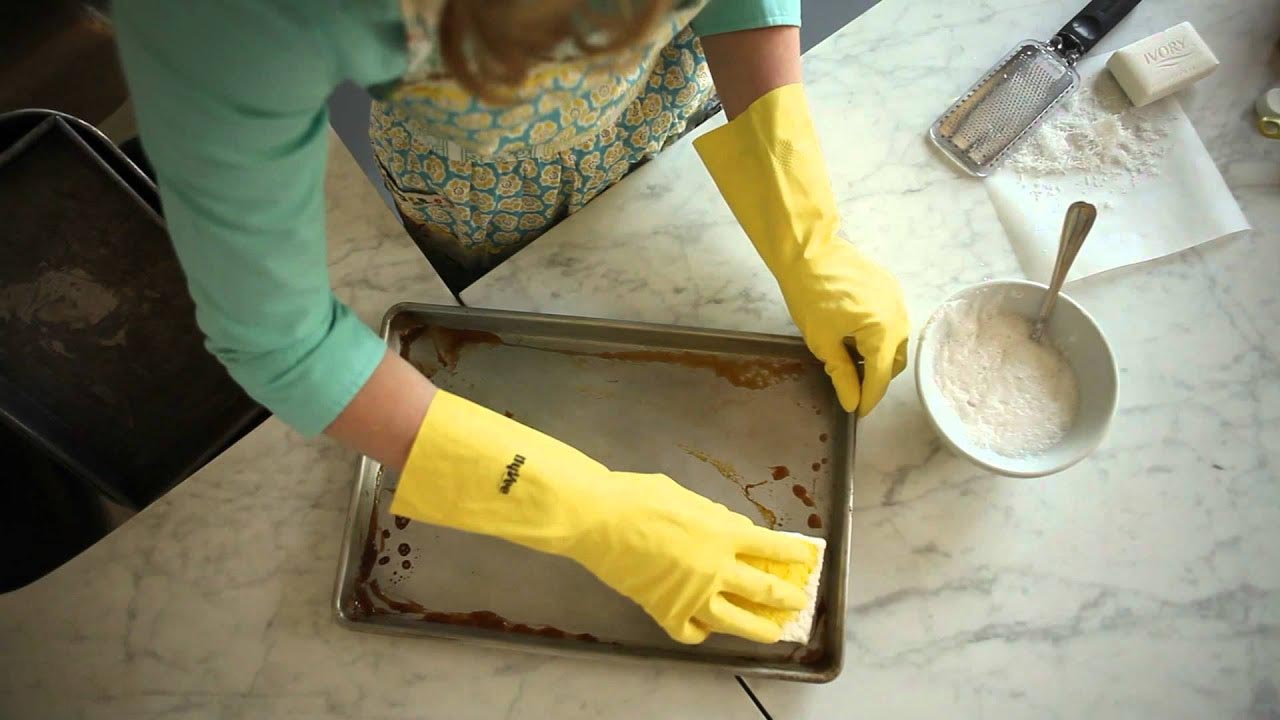
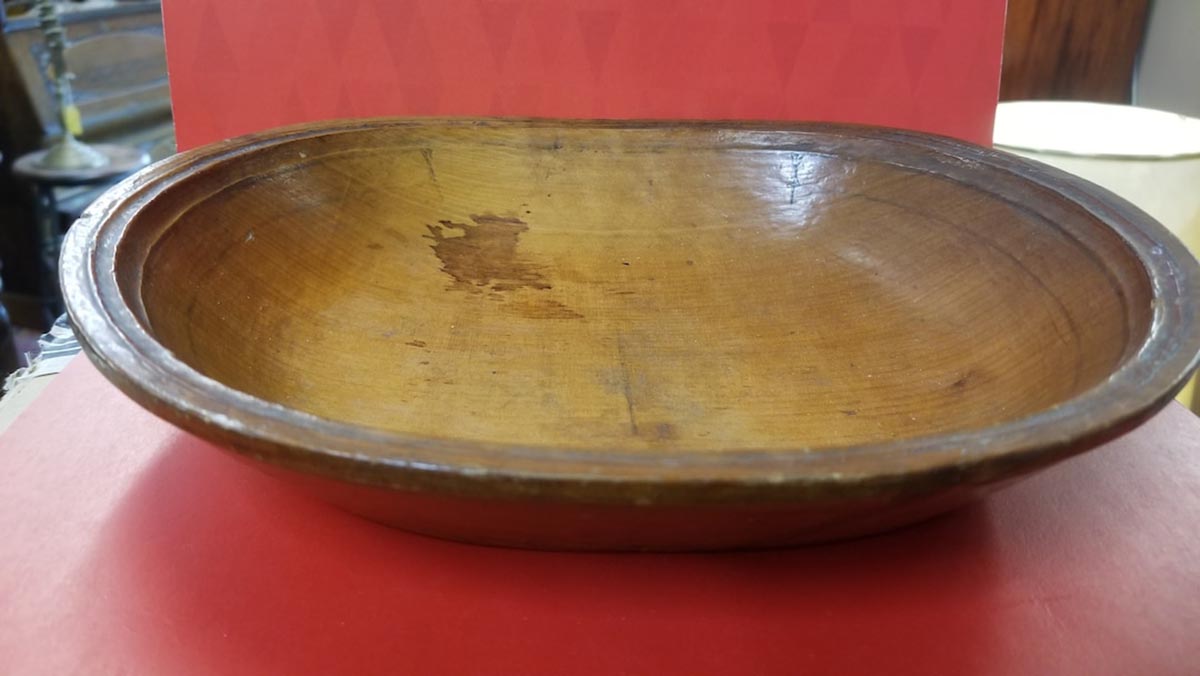
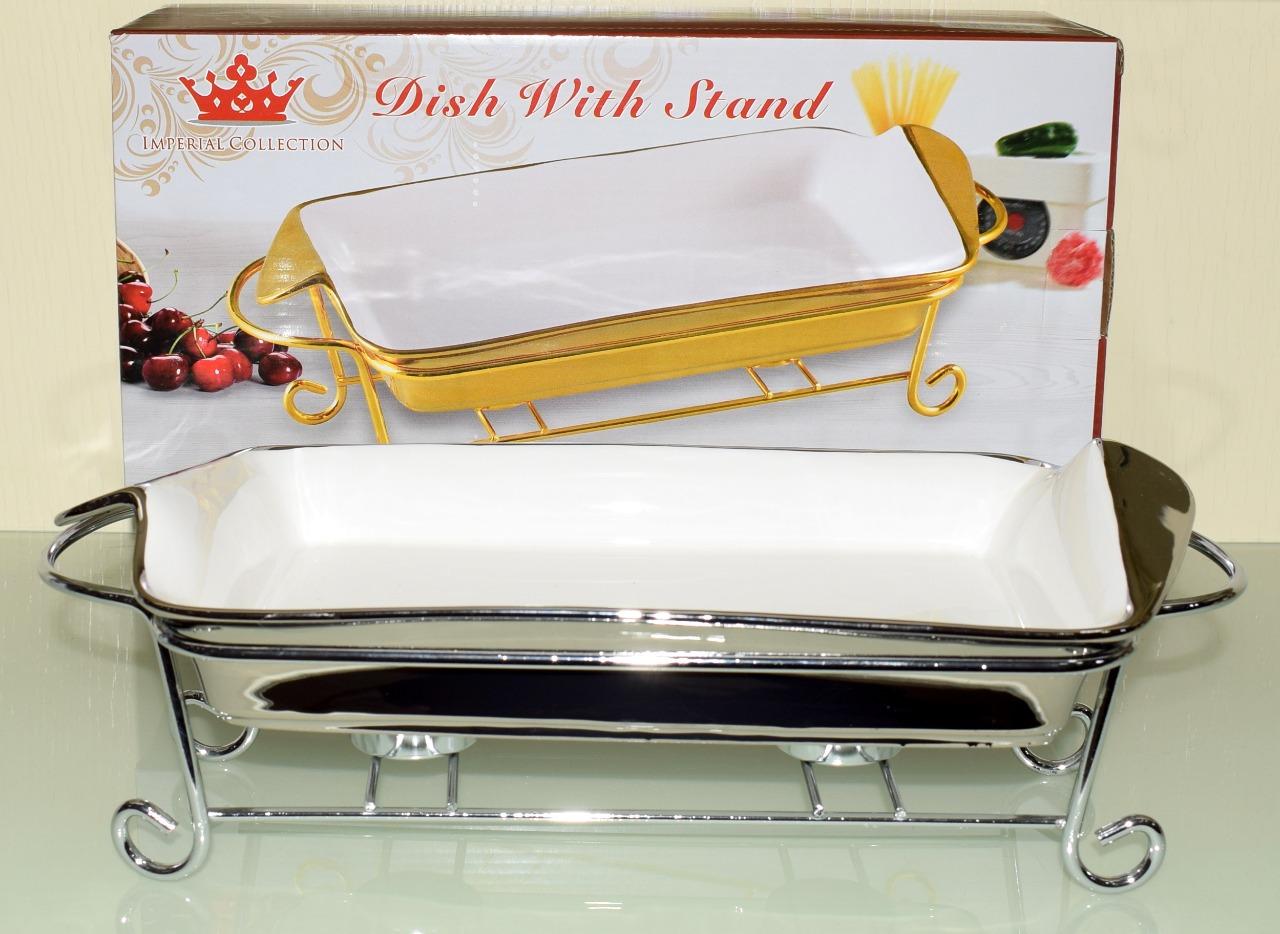
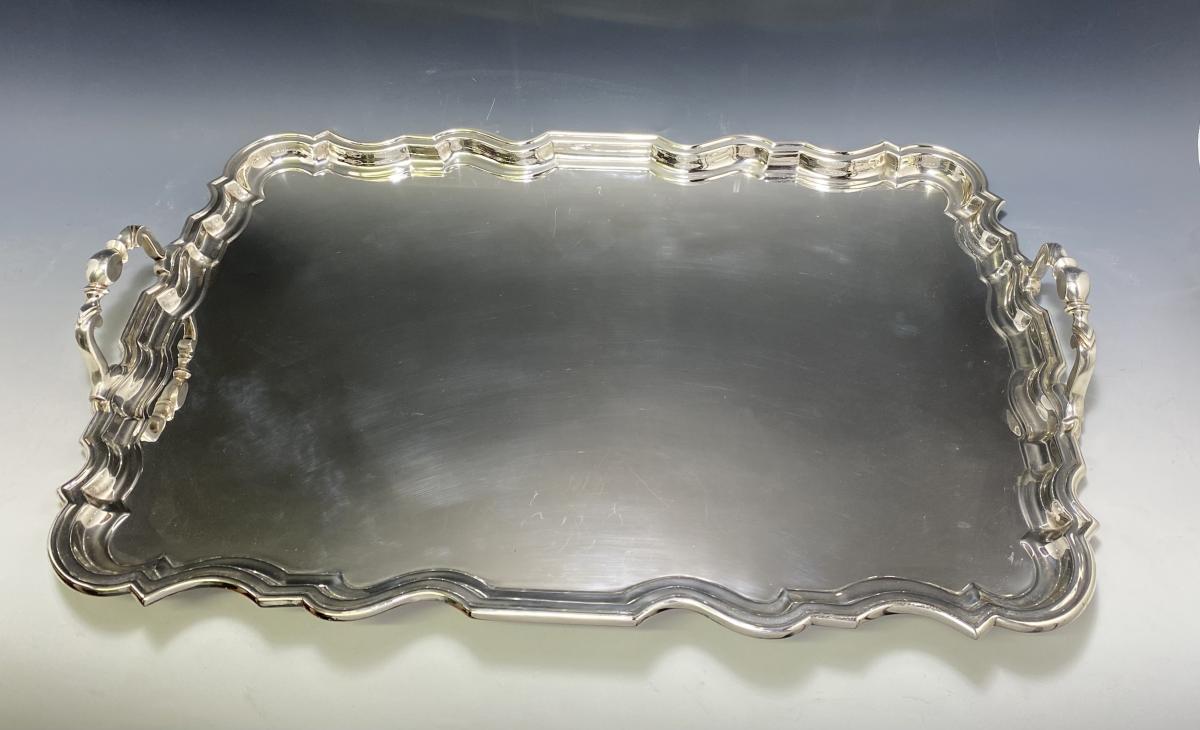
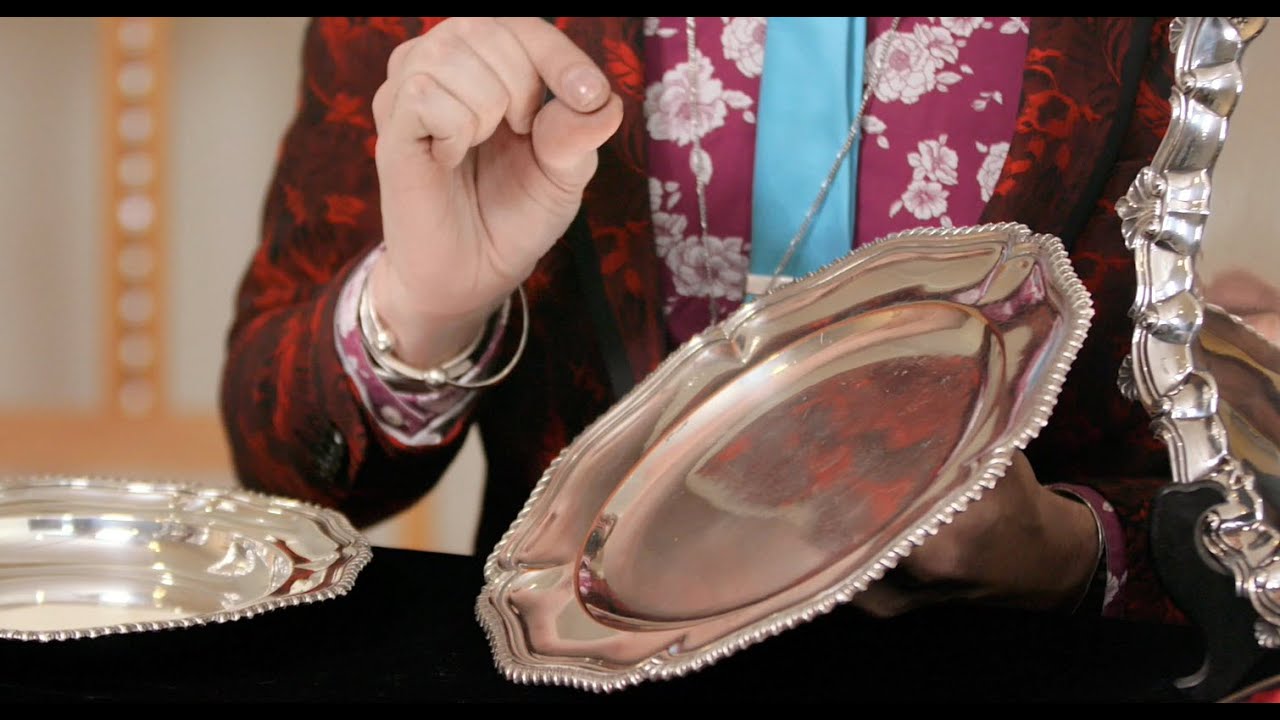
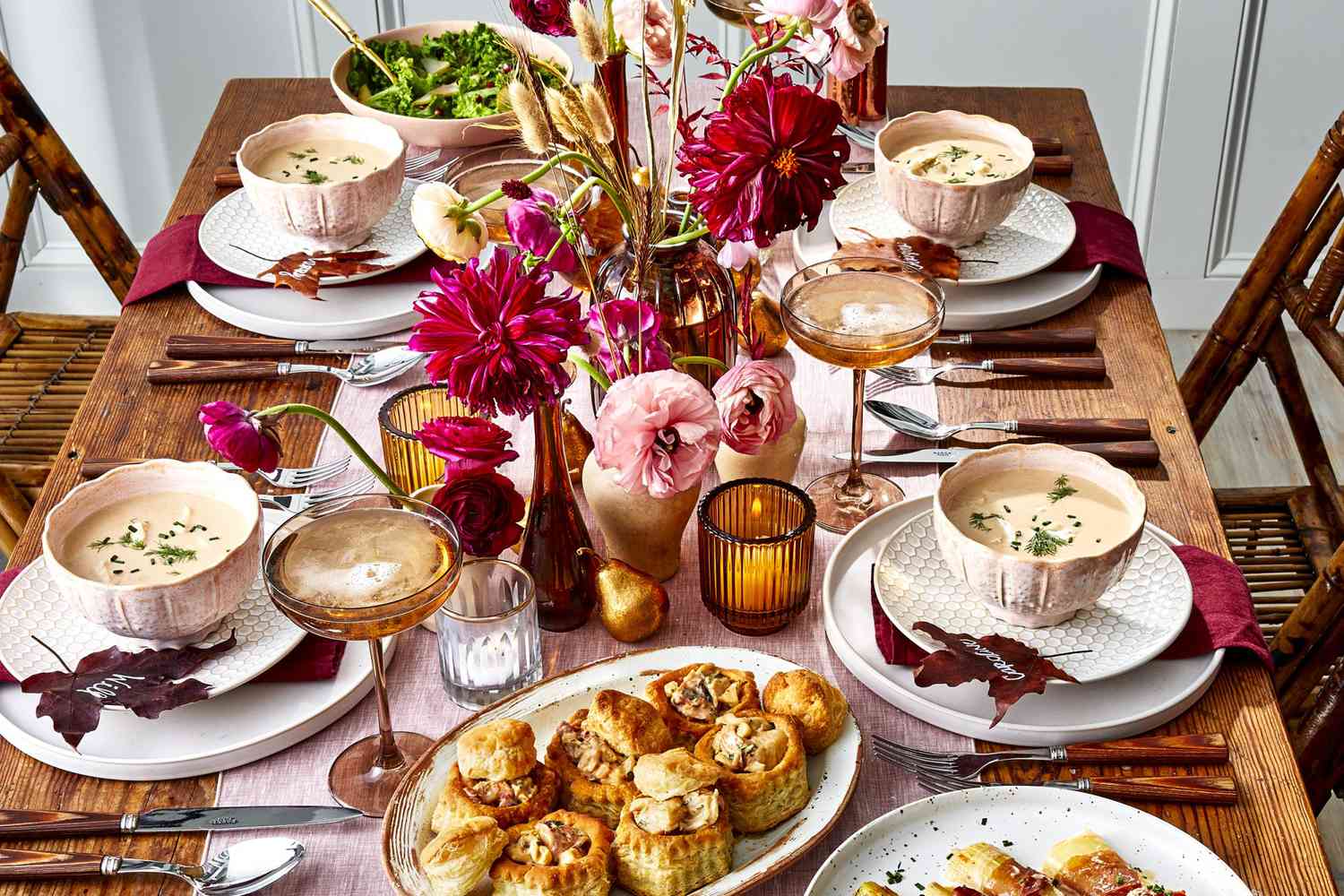
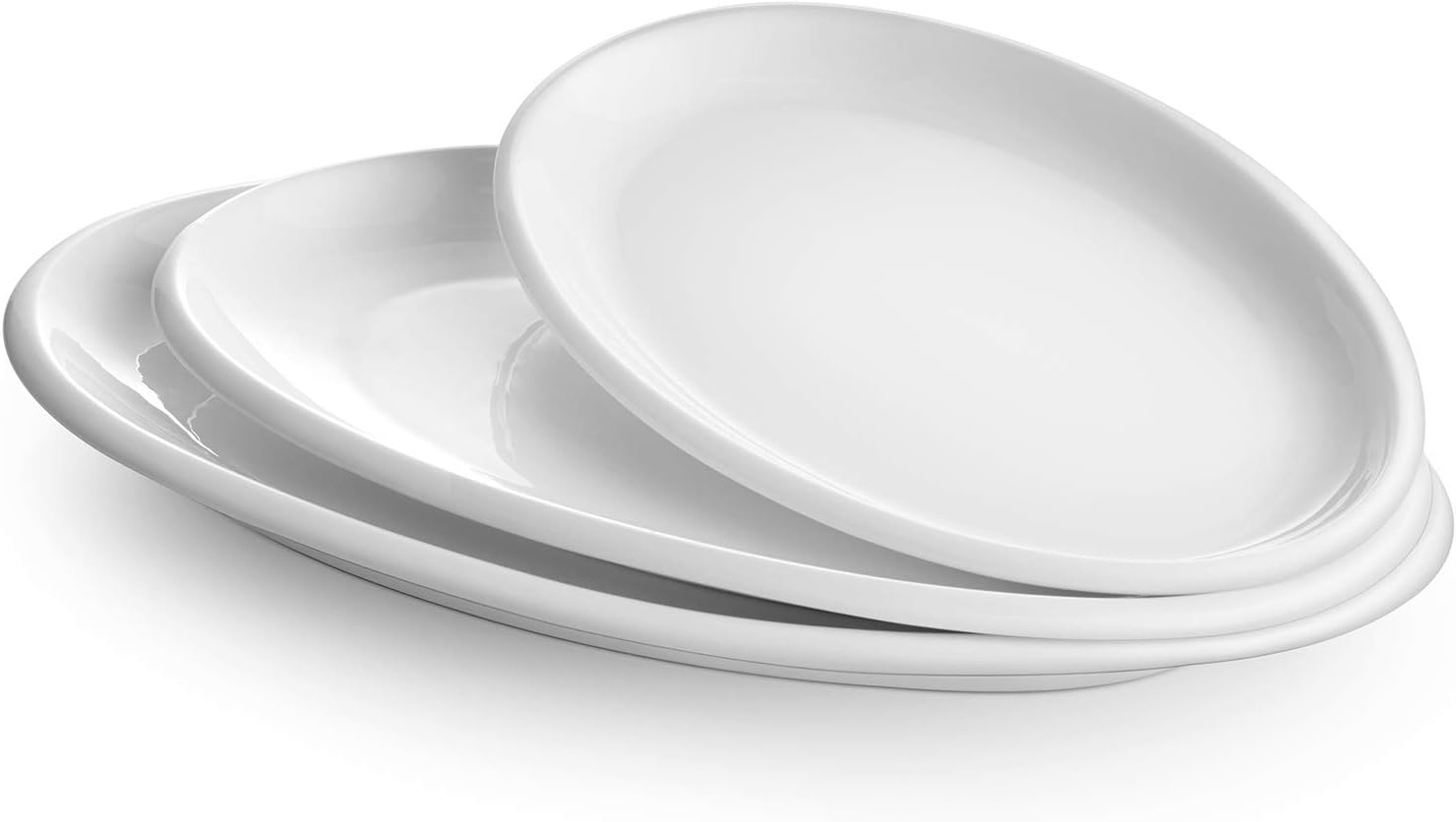
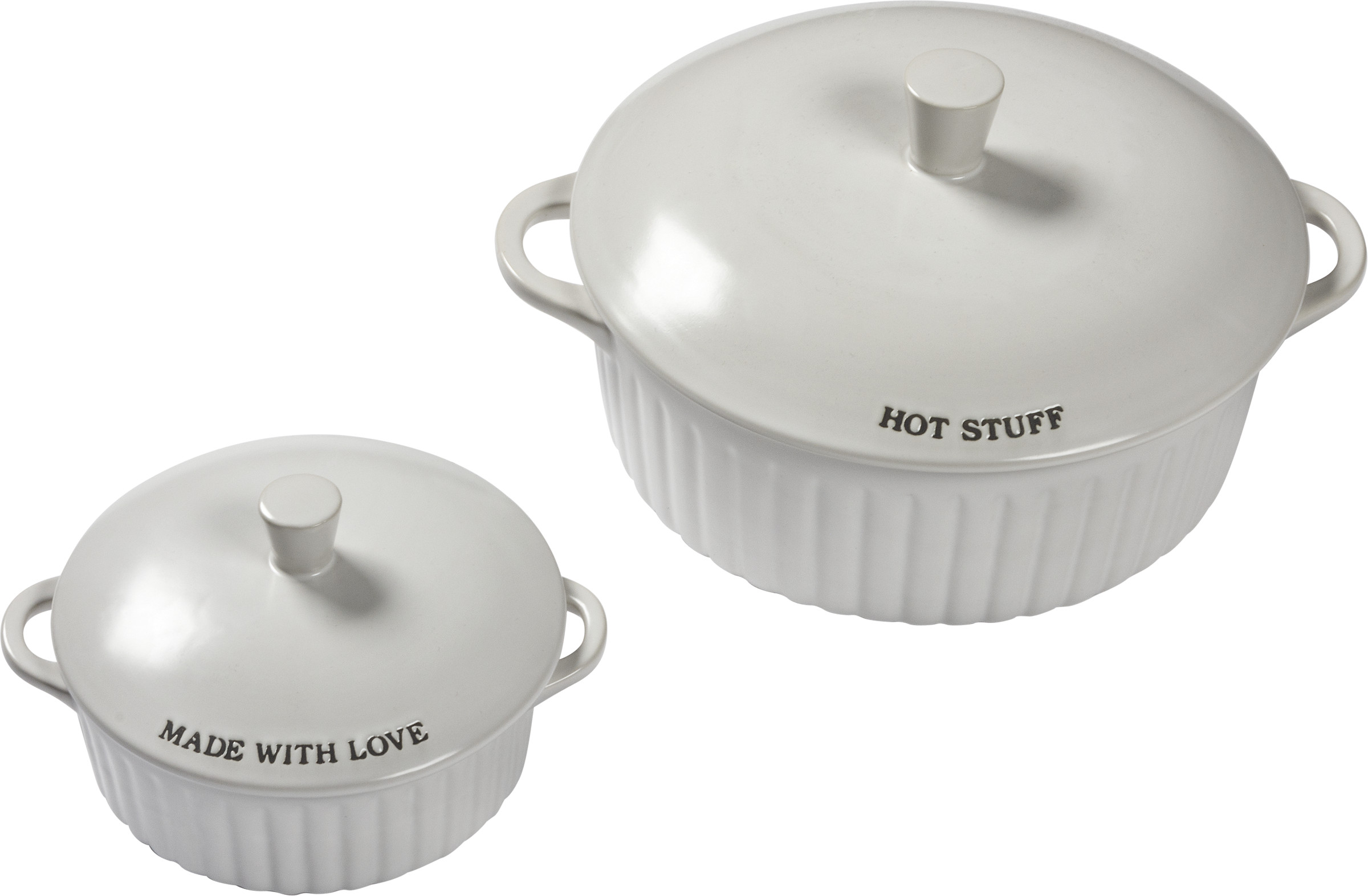
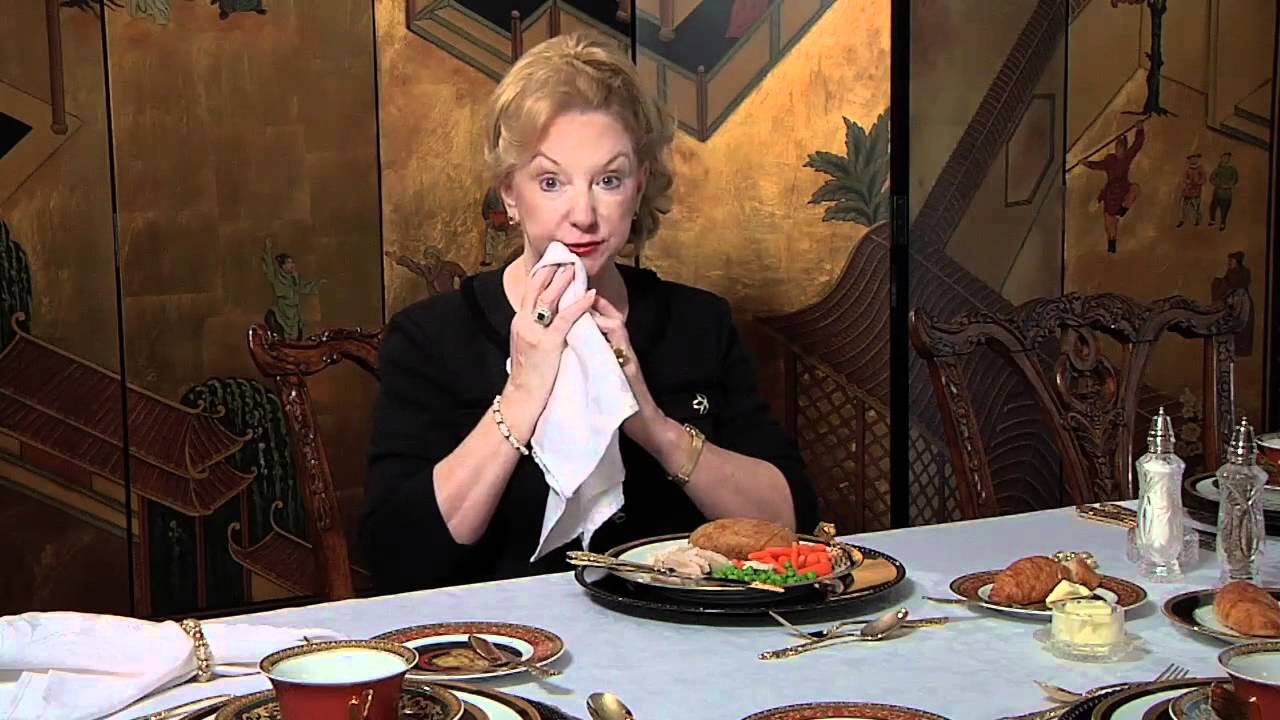
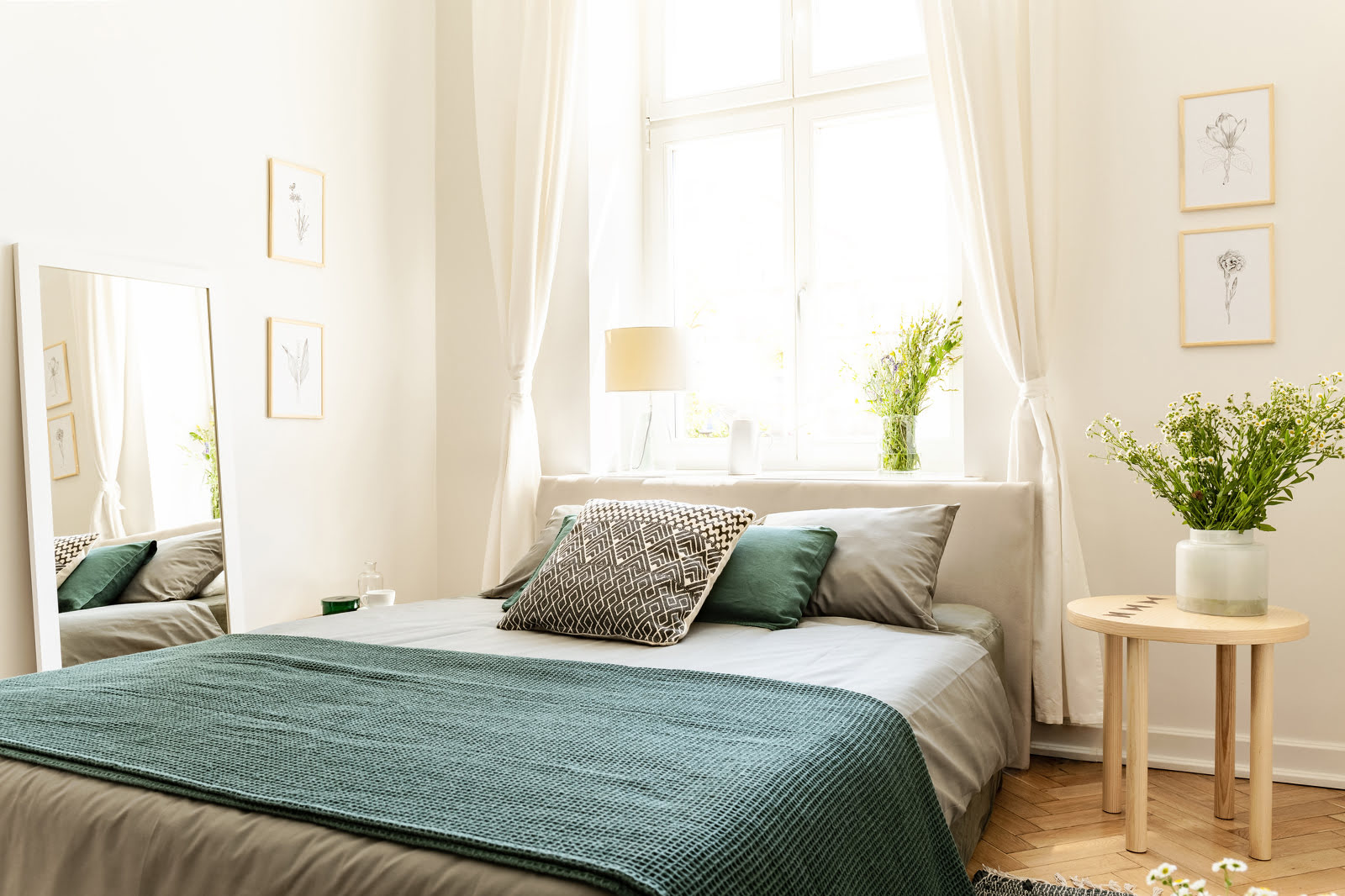
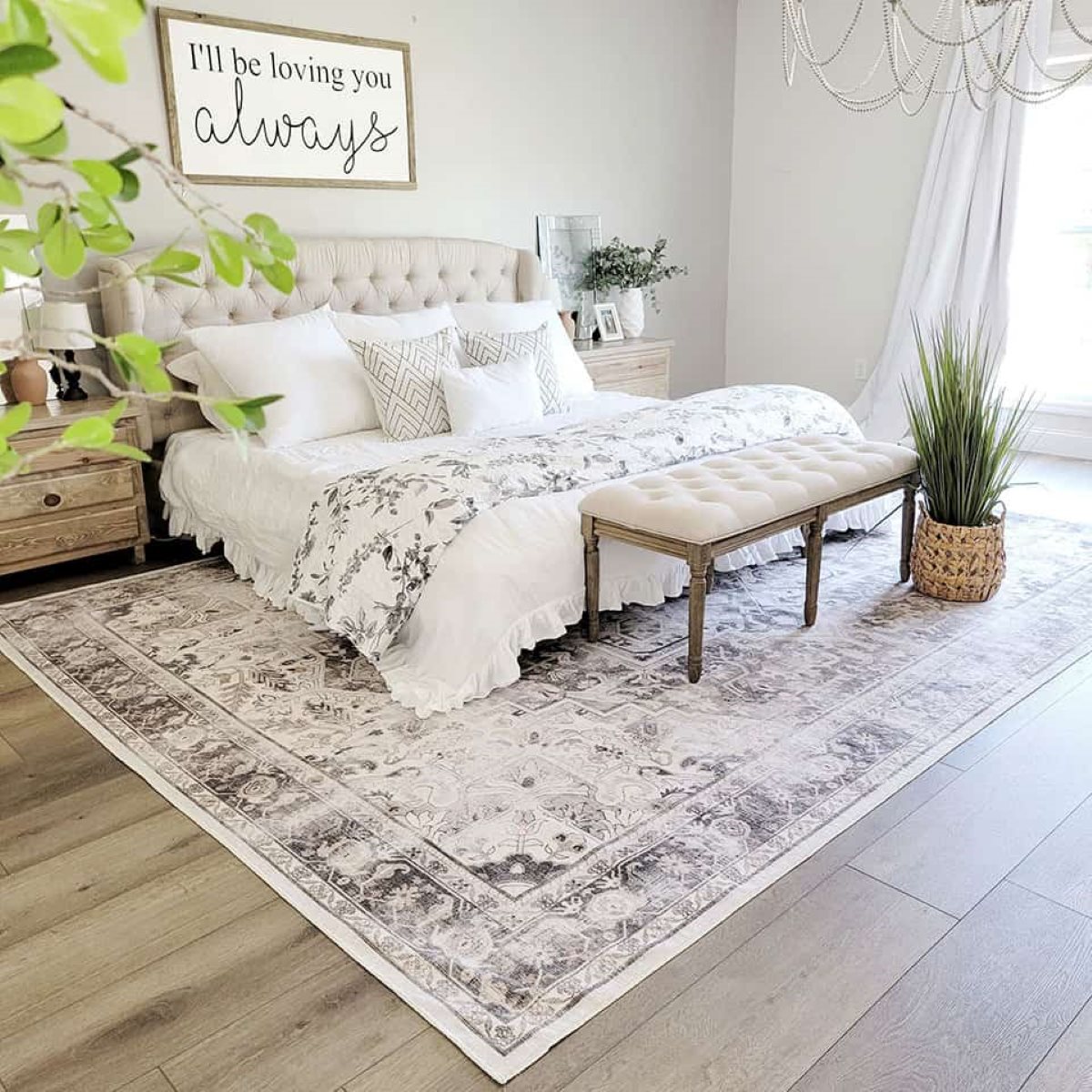
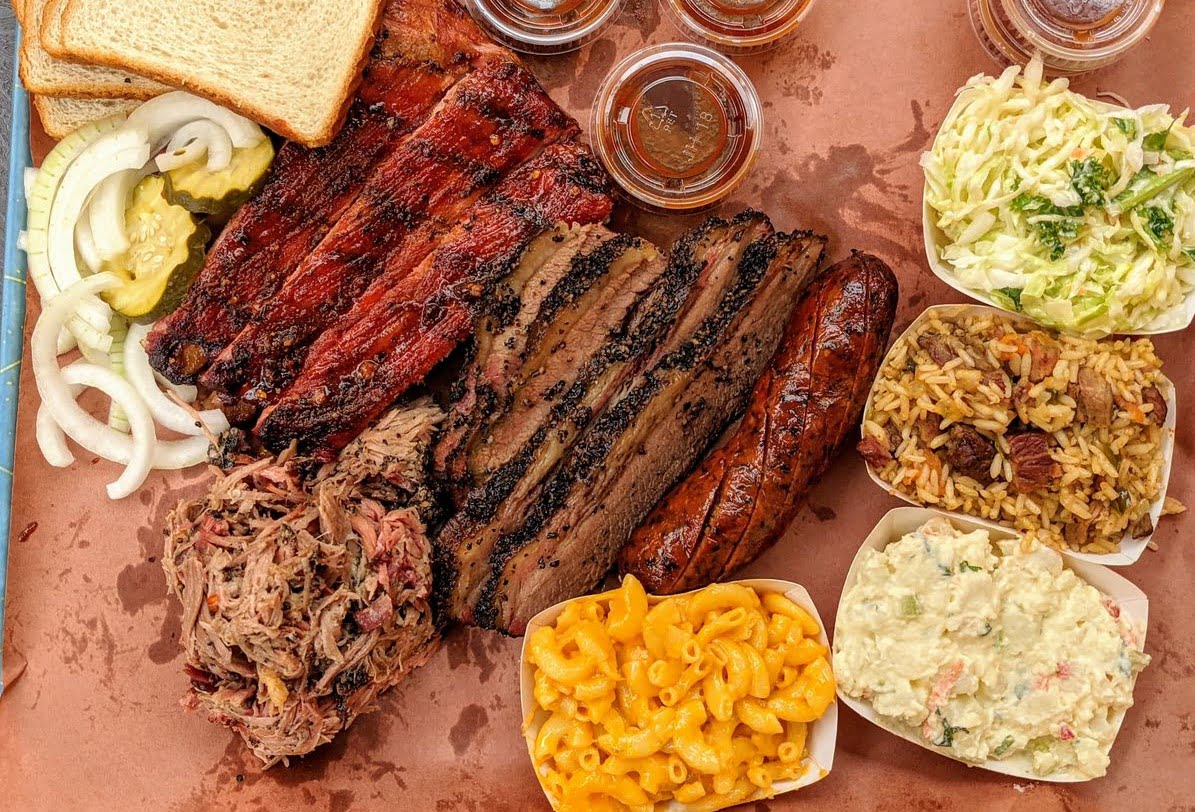

0 thoughts on “What To Place Under Hot Serving Dishes”